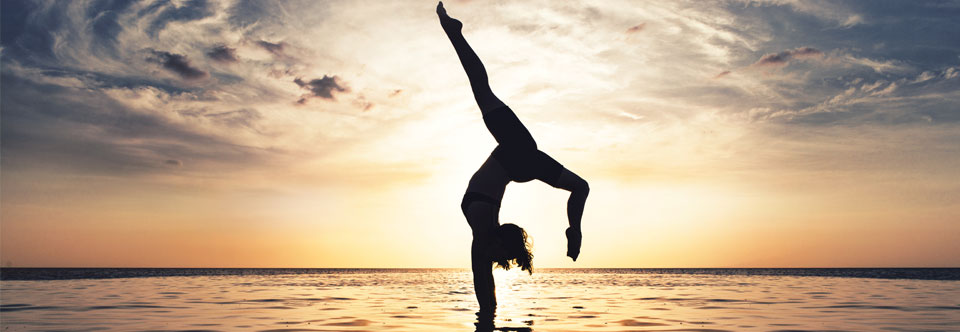Anyone that knows me, knows I love food. When I travel, I seek out textures and flavors. It’s exciting to learn how experiences and cultures intermingle – how the taste of the same dish delivered on opposite sides of the world changes. For example, those of you who have traveled to Japan, know that edamame can vary not just from restaurant to restaurant – but also from city to city and country to country. The edamame I get from my local restaurant is very different to that served in downtown Tokyo.
When we travel, we carry with us an expectation, that our favorite foods will be the same, but different. We know this is the case and in most cases we are fine with this. We take that risk – and we take it because we know and understand the reward that comes with the risk. It’s in the food, its flavor and the experience of eating in a new, unexplored place. The risk is very much part of the experience. And as someone who travels a great deal, I have become increasingly fascinated with the power of our own thinking, with our mindset and how it can transform not just our business or our experiences. It can, in fact, change our worlds.
As leaders, we are well versed in risk management. We are constantly balancing risk and reward on behalf of our businesses, stakeholders and shareholders. We build processes and governance on the one hand, to help manage risk at an organizational level, while on the other, we seek and push the limits of growth to drive business value. And the more global we are in our outlook and scope, the more we find that we are living in an always-on, always-connected world that constantly shifts and changes. How we create our mindset frames how we view and respond to this constant change. We can live with or through it. We can deny or run from it. There are many reactions possible.
One could argue that we are seeing some challenges play out right now. We can see the early stages of some companies – and perhaps some economies – that are caught in a pattern of business growth and linear thinking that can lead to what Clayton Christensen has called the Innovator’s Dilemma. But we are also seeing some amazing new value producing opportunities emerging too. Increasingly, as leaders, our ability to navigate change, manage risk and drive innovation is a competitive advantage – and this is the wildcard that is being played on a global scale with entrepreneurs like Elon Musk and Mark Zuckerberg. Quite simply, the wildcard is the entrepreneur’s mindset.
In the past, we created companies like we build cargo ships. We create vast scale by loading up, focusing and directing the efforts and resources of our companies. These monoliths of the 20th century were massive to move but almost unstoppable once optimized for success. Accordingly, the mindset that created success was one of optimization – and so grew the cult of the manager. We built “it”, and customers came. But as we have learned in time, cargo ships are difficult to turn around. Just look at Kodak (and many others). For all its fame, brand and product dominance, it was unable to see the dragons on its horizon. It couldn’t shift its course fast enough to avoid disruption, and eventual demise.
The entrepreneur’s mindset, however, is one which is always seeking dragons. It is a mindset that is open to ideas, challenges and experimentation. It is a mindset that integrates risk into the very experience of its decisions.
In a recent interview, Marcus Samuelsson, the celebrity chef known for risk taking and innovation, spoke about his ability and interest in bringing together all the ingredients of his life – and combining them in unique ways:
When you’re a black man, when you’re an immigrant, when you’re Ethiopian, when you’re Swedish. I’ve been put in so many situations, that I put myself in. I’m actually very comfortable with being uncomfortable.
This concept of “being comfortable with being uncomfortable” is important in today’s modern business world, and is particularly important for leaders. In fact, it’s a core element of the “entrepreneur’s mindset” which goes beyond the growth mindset. Where the growth mindset is based on an understanding that intelligence can be developed, the entrepreneur’s mindset finds a certain power and energy in the midst of discomfort. It’s a way of embracing chaos. The unpredictable. But leading despite the challenges.
Perhaps the entrepreneur’s mindset is more like the explorer of ancient times. Were they looking for trade routes and markets or were they seeking dragons and gold? Either way, those we still remember certainly found comfort in discomfort, and I have a feeling this is – and always has been – the path to success for leaders of all shapes and size.
Nina Nets It Out: Leaders don’t have to be entrepreneurs – but they do need an entrepreneurial mindset. The leaders of the future will embrace change and chaos, and will find comfort in discomfort. To create certainty in uncertain times, we must seek to balance risk and reward and imbue our businesses, our processes and our people with an entrepreneur’s mindset.
